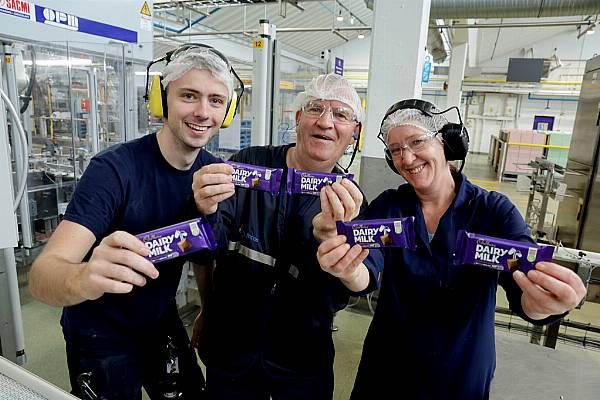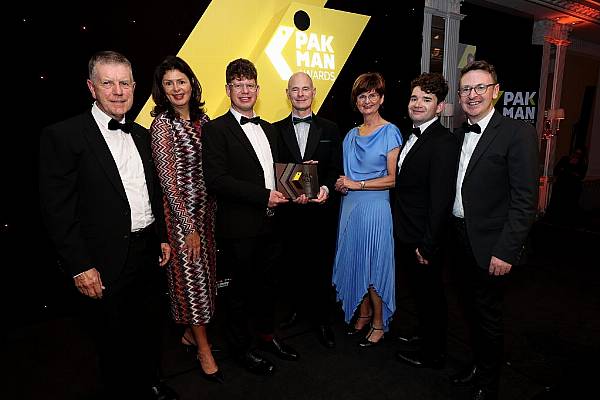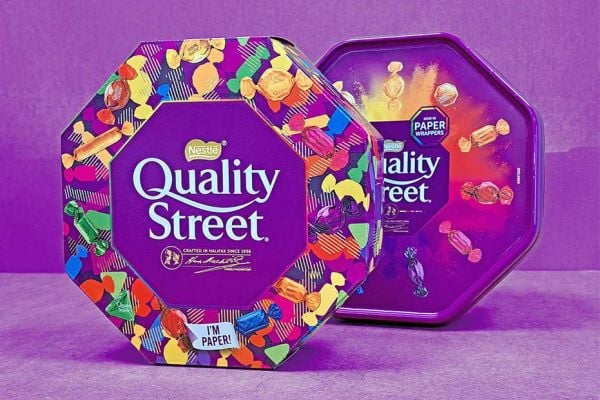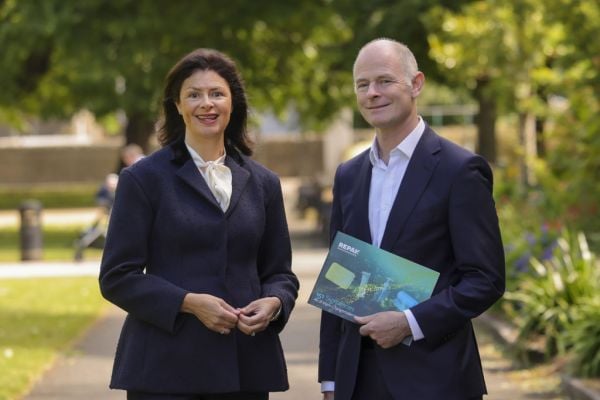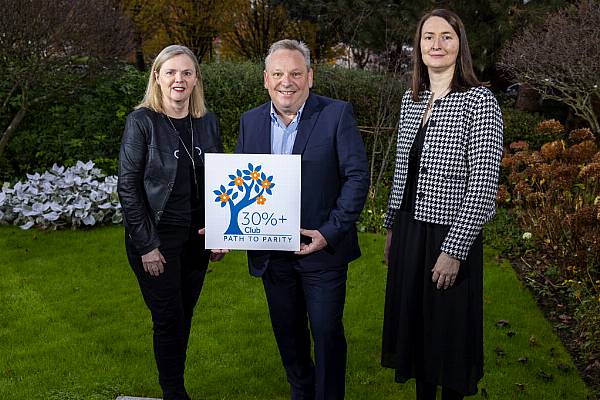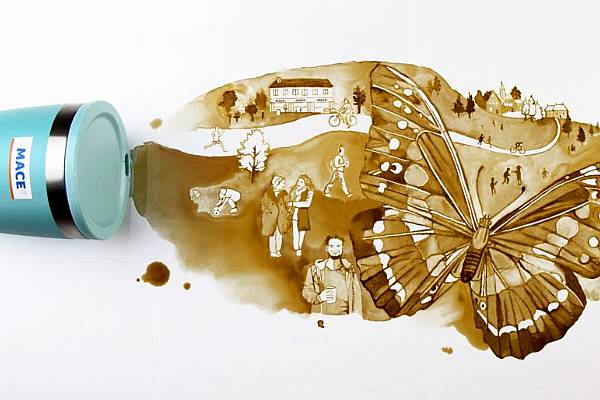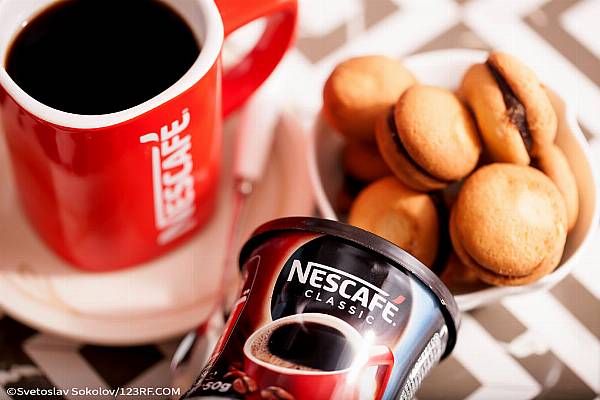New packaging and processing technologies are extending the shelflife of fresh and processed meat.
This is according to a new report by RaboBank, ‘Meat Packaging To Extend Shelflife,’ which found that the meat industry continues to reap the rewards of technological innovation, including expanded geographical sales coverage, better margins across the value chain, lower environmental costs of meat consumption and product premiumisation.
The report urges retailers to embrace this new trend in order to incur significant advantages moving forward.
“New packaging and processing technologies have major benefits for retailers, consumers and producers alike,” said RaboBank analyst Clara van der Elst. “For the retailer, less waste and fewer markdowns are conducive to lowering costs. Consumers benefit from a longer consumption period and fewer preservatives, in turn fulfilling demand for ‘natural’ foods, and producers benefit from increased market potential through an expanded geographical export range.”
The report claims that “meat companies in Northwest Europe are at a point to reconsider strategic investments once again. Absorbing downstream steps by consolidating branding, processing and packaging will significantly shorten the supply chain — whether by partnerships, long-term supply agreements or M&A/business development.
“Retailers could create efficiency gains and added value, all the while boosting the competitiveness of European meat production and processing. Winners will be those that adopt early investment into new packaging and processing technologies, while driving consumer premiumisation in mature retail markets.”
Looking ahead, European meat producers could consolidate their stake within the industry by expanding their target market, improving price and quality positioning and exporting their range to new markets.
The mature Northwest Europe region, where meat consumption has tightened due to a declining population and changing buying behaviour, also has the highest share of meat sales via modern supermarkets and therefore ‘case-ready’ packaging. However, in Eastern and Southern Europe, the traditional meat retail channels of butcheries, specialty stores and open-air markets still dominates. It is here that export potential is created.
Elsewhere, meat consumption in China and other Asian countries continue to grow. In China, particularly, a preference exists for non-locally produced meat driven by domestic quality issues. Local meat production is also failing to keep up with demand, despite drives for self-sufficiency.
As a result, a ripe market exists for imports and demand in value-added meat. Rabobank believes there is a significant market opportunity for European processed meat once import restrictions in the region are reduced.
© 2014 - Checkout Magazine by Conor William O'Brien

